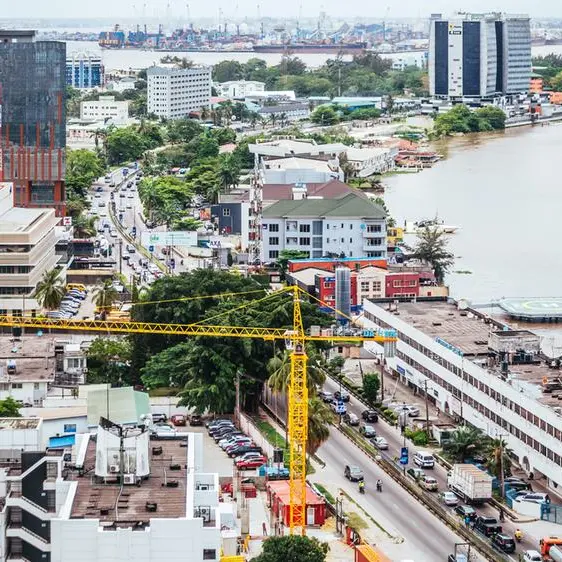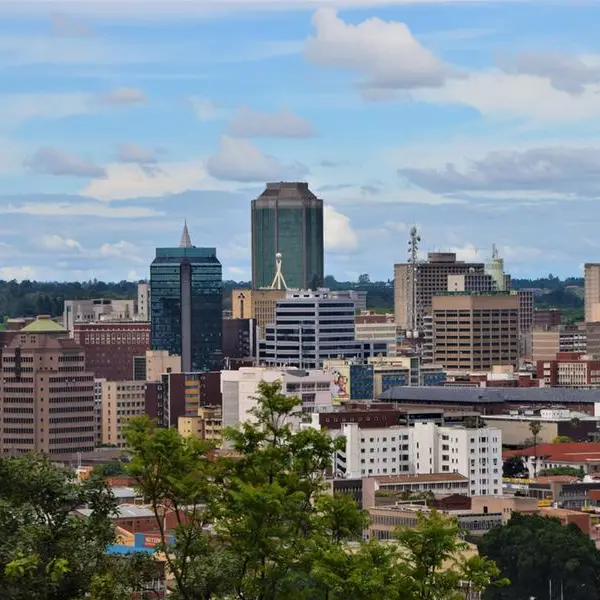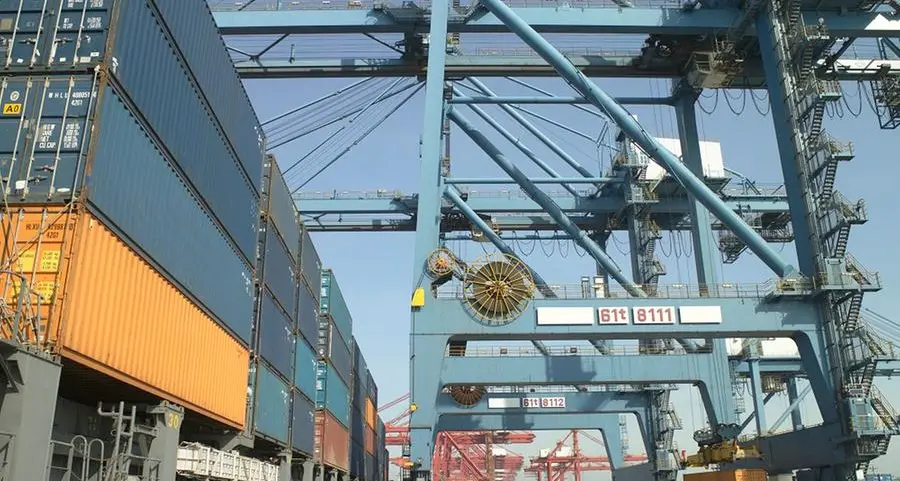PHOTO
JOHANNESBURG - South Africa's six systematically important banks passed the central bank's inaugural climate-risk stress test, but the exercise exposed some modelling shortfalls as institutions had not fully embedded climate-risk indicators into their frameworks, a financial stability review showed.
The gaps could mask longer-term losses. The review is the central bank's bi-annual report on the health and resilience of the country's financial system. The latest edition was released on Thursday.
The six banks, Absa, Capitec, FirstRand , Investec, Nedbank and Standard Bank of South Africa, used climate-scenario frameworks from the Network for Greening the Financial System (NGFS) to model potential losses on their climate-sensitive loans.
The NGFS is a global coalition of central banks and supervisors. About one-third of bank books sit in the most exposed sectors to climate change namely real estate, household lending and transport.
"There were different challenges in each organization so its hard to make broad-based recommendations," said Vafa Anvari, divisional head of macro financial vulnerabilities in the Financial Stability Department of the central bank.
"We were working with the six largest banks on how they intended to close these gaps going forward and we were quite comfortable with what they indicated they will be doing in the next couple of years to close these gaps.
"(Since) this was the first exercise of its kind in South Africa, you expect to shake the trees and see what falls out and in that context it was very illuminating."
Earlier this month torrential rains and gale-force winds inundated South Africa's Eastern Cape province, triggering property and business-interruption claims.





















